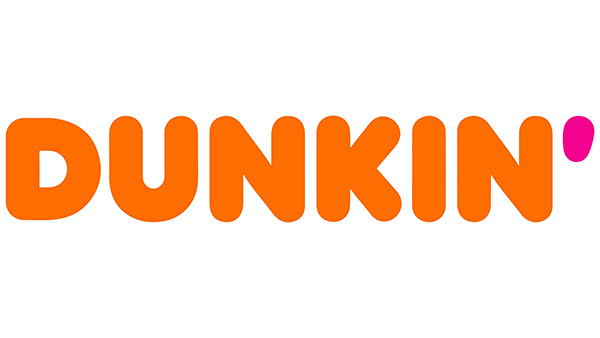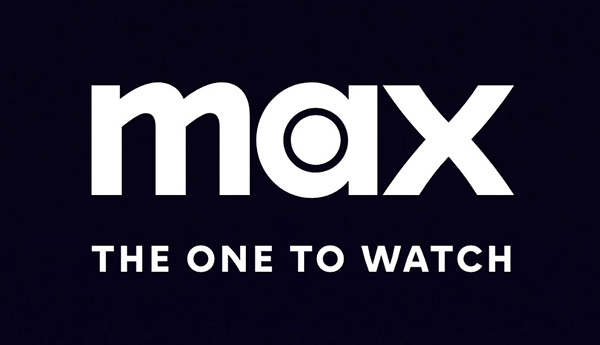Facebook Improves Advertising Options by Adding Behavior-Based Targeting
Facebook recently overhauled its advertising system, making it easier for advertisers to target specific audiences. When using Facebook Ads, advertisers will now see many different options in the “Audience” section, which can be used to narrow down the Facebook users who will be shown their advertisement. Most of these options, such as Location and Interests, were already available in Facebook’s old targeting system. However, Facebook has unveiled a Behaviors option, which offers advertisers the opportunity to improve campaigns directed at general or narrow target audiences. Behaviors are broken down into eight different categories, with each containing numerous subcategories.
Automotive:
The Automotive category sorts Facebook users in many different ways— based on the cars they own or are shopping for. Advertisers can appeal to general audiences such as individuals who have purchased used vehicles. They can also choose to be very specific by advertising to owners of a certain make, model, age, and price of a car.
Charitable Donations:
Facebook allows advertisers to target users who have made charitable contributions to a broad selection of organizations. Advertisers can be general by targeting those who have contributed to any charitable organization, or they can choose specific subcategories such as Animal Welfare, Health, Political, Environmental, and more.
Digital Activities:
Advertisers can choose who is shown their ads by sorting users into categories based on their habits in the digital and tech worlds. Facebook users are sorted into subcategories such as Photo Uploaders, Small Business Page Owners, Online Spenders, and more. While the Photo Uploader category covers a large general audience, categories such as Console Gamers gives advertisers access to a much more specific market.
Financial:
The Financial category is broken down to three main subcategories: Insurance, Investments, and Spending Methods. Each of the subcategories is then broken down into several more specific subcategories. Advertisers can choose a general classification like the Active Credit Card User subcategory found within Spending Methods. They can also opt to use a specific distinction, such as individuals who renew their auto insurance in April, which can be found in the Insurance subcategory.
Mobile Device Users:
Facebook gives advertisers the opportunity to target users based on the mobile devices they own. There are many general options, such as targeting by all mobile device users or by operating systems (such as Android or Apple iOS). There are also very specific options in this category. Advertisers can target users of a certain brand and particular model of phone or tablet.
Purchase Behavior:
Perhaps the most comprehensive and useful category, Purchase Behavior, contains a seemingly endless amount of ways to define a market segment. The Purchase Behavior category contains 14 subcategories, which are based off items users have purchased and where they have shopped. The subcategories all contain a second level of subcategories which narrows the markets. Advertisers can still reach broad groups, such as consumers who have shopped at high-end retail stores. However, they can also target much smaller markets, such as consumers who have purchased men’s business apparel.
Residential Profiles:
The Residential Profiles category sorts Facebook users by their living arrangements and contains four subcategories: Likely to Move, Recent Homebuyers, Recent Mortgage Borrowers, and Recently Moved. Each subcategory is relatively small compared to those in other categories and gives advertisers access to particularly specific audiences.
Travel:
The Travel category contains more subcategories than any other category in the Behaviors option. There are two main groups of subcategories: those who have traveled and those who are planning to travel. Broad spectrums of travelers can be targeted, such as business travelers or those who have been on a cruise. The Travel category also contains incredibly specific subcategories, such as people who have used mobile travel applications or those who are intending to travel to an assortment of popular tourist destinations (New York, France, Orlando, etc.).
All the choices in the Behaviors option gives the smart advertiser an extremely powerful tool in their hands. When the Behaviors option is used in conjunction with other options, such as age, location, and gender, it ensures that advertisements are reaching the correct target market. Facebook even provides a gauge to show the advertiser how many users are in the target market they have defined. Because Facebook Ads charges by a pay-per-click system, proper use of the Behaviors option will be a cost-effective and time-saving method for advertisers. Businesses should see a higher click-through/conversion rate as a result of these hyper-targeted advertisements since only relevant parties will be shown the ads. Advertisers who utilize the system properly will avoid wasting their time and money sending ads to irrelevant audiences.
However, it is important to remember that the narrower the audience, the fewer the people who will view the ad. If you are concerned about finding a balance between ad targeting and audience size, we recommend that you contact a local advertising agency. For help building and managing Facebook Ads, please contact us at 1-855-PRMG-123 or email: info@theprmg.com.



